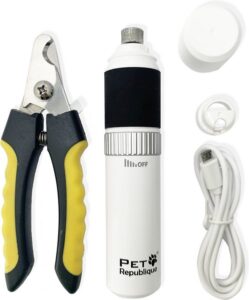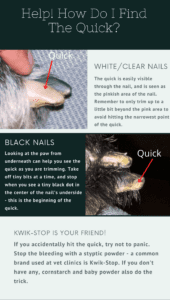Greetings, all followers of Mason’s wisdom!
In this article, LEARN MORE ABOUT FLEAS AND TICKS (the scourge!), how to properly REMOVE AN EMBEDDED TICK (yuck!) from your pet’s skin and deal with HOME FLEA DE-INFESTATION (because NOBODY’S got time for that!).
Fleas and ticks are a MAJOR PROBLEM in our area due to this region’s temperate climate. During hot and humid summer months, flea and tick populations explode relentlessly until cooler weather arrives and a hard winter freeze interrupts their life cycle. YOUR PET is the flea’s and tick’s PRIMARY HOST TARGET every time he takes a romp in untreated areas outside, in kenneling/daycare situations and, places where there is wildlife traffic. Fleas are small and so good at hiding in an animal’s fur that they can be difficult to see. Some ticks are the size of poppy seeds, making them very hard to find. Dark colored fur, long hair or a thick coat make even large ticks easy to miss.
If you see a tick embedded in your pet’s skin, plan to remove it IMMEDIATELY! Disease transmission can occur within 36 – 48 hours of attachment. First, gather supplies you will need to effectively remove the tick while protecting yourself: latex or rubber gloves, pointy tweezers (or a special implement to remove ticks), rubbing alcohol and a jar or container with a lid. If you are unable to keep your pet still, ask for someone’s help to keep him immobile and calm. Before you start, don protective gloves. Ticks can carry infectious agents that can seep through breaks in the skin. Position the tweezers as close to the skin as possible, apply steady pressure and then pull the tick straight out. Make sure not to squeeze or crush the tick, since its fluid can spread infection! After removal, examine the tick to make sure the head and mouth are still attached to its body. If you think parts were left behind in the skin, bring your pet to GFAH to remove the rest. Place the tick in the jar with some alcohol to kill it. Keep an eye on the area for several days, noting redness or inflammation that does not resolve. Call our office for advice. Over the next several weeks, you should watch your pet for signs of lethargy, lack of appetite, fever, reluctance to move or swelling of the lymph nodes. Call and make an appointment immediately if you observe any of these symptoms.
Once a year, GFAH routinely test dogs for the three most common tick borne diseases: Lyme, Anaplasma, and Ehrichia. However, depending on the circumstances, an immediate blood test may be warranted if symptoms are present. These diseases can be very harmful to your dog if left untreated.
Most pet owners don’t realize they have a flea problem until it is out of control! Depending on the severity of the problem, days or weeks of conscientious persistence may be necessary to break the life cycle from egg to adult flea. Starting with your pet(s), a good bath is in order. A special flea comb should be used afterward to remove the pests, placing them in warm sudsy water to kill them. If Fluffy is suffering from an allergic reaction to the bites, he may need a soothing, medicated bath. Perhaps you would prefer to leave the bathing job to us! Please call to make an appointment. Also, our vets can prescribe medication for fast parasite kill so that you can turn your attention to your home. Various dusts, sprays, flea bombs and even exterminators are available to get the job done there, depending on the severity of the infestation. Read labels and follow directions carefully using these products. Pet bedding needs to be washed weekly and frequent vacuuming is a must (disposing of the vacuum bag each time in outdoor bin) during the treatment period.
Fortunately, there is an easier way to combat fleas and ticks!
PREVENTATIVE MEASURES ARE THE BEST OPTION TO COUNTER FLEA INFESTATIONS AND TICK BORNE DISEASE TRANSMISSION! Options for your pet include: monthly topical preventatives for dogs and cats, a chewable pill which is good for twelve weeks (dogs) or a prescription collar that lasts for eight months (dogs). These products are conveniently available at Great Falls Animal Hospital. Please speak with one of our vets about the best preventative for your pet! You’ll be glad you did!
Mason at your service! So glad I could help.
Until next time….
Meows,
Mason

